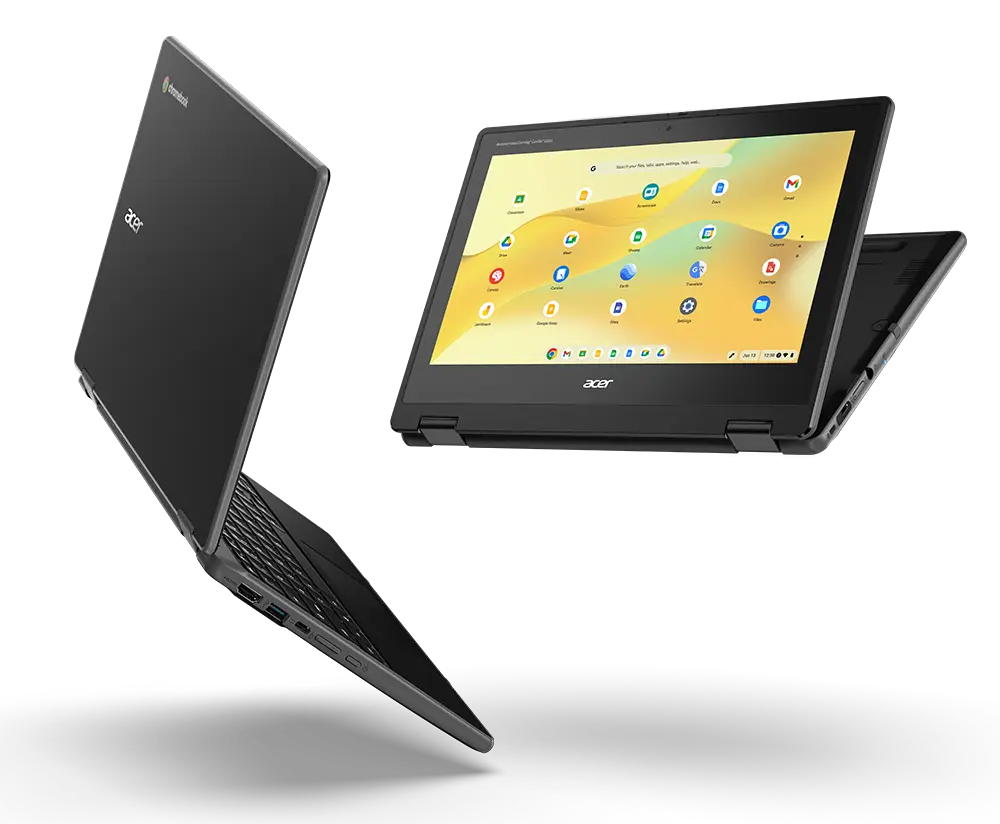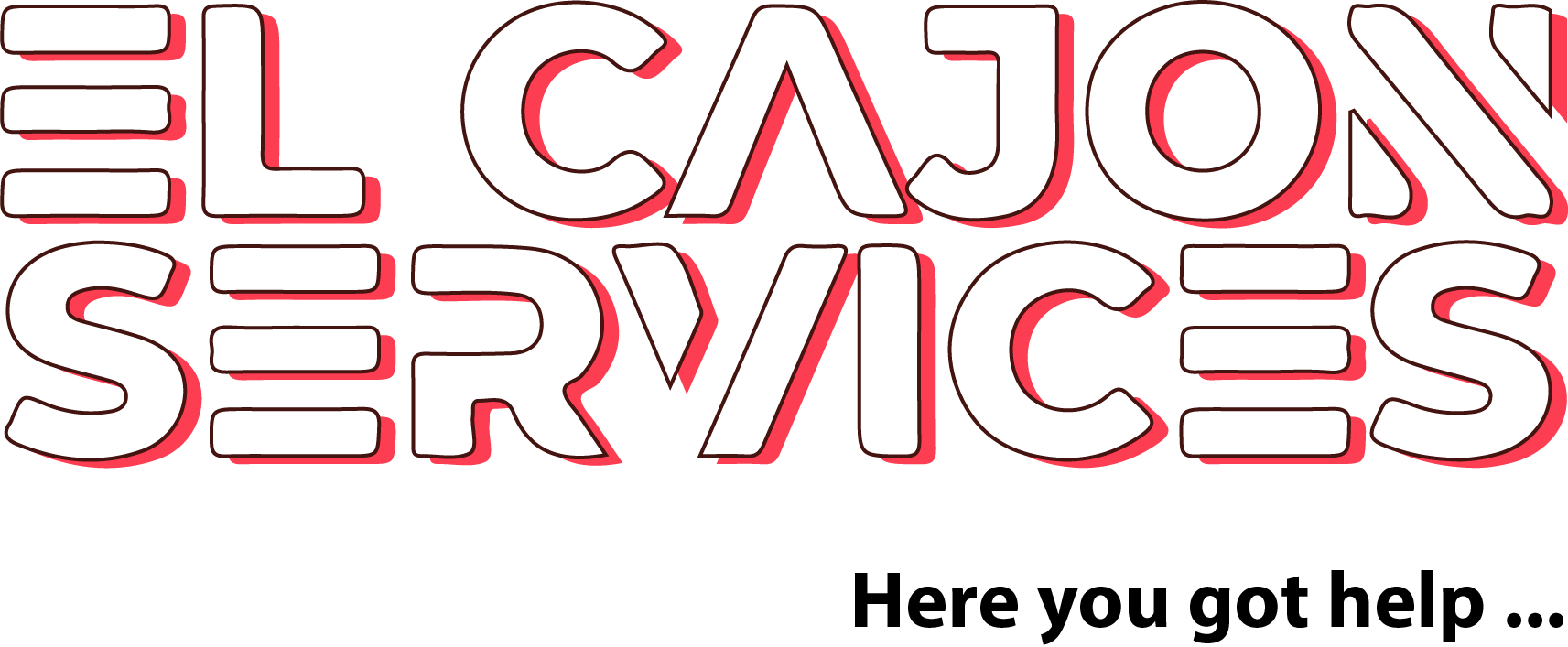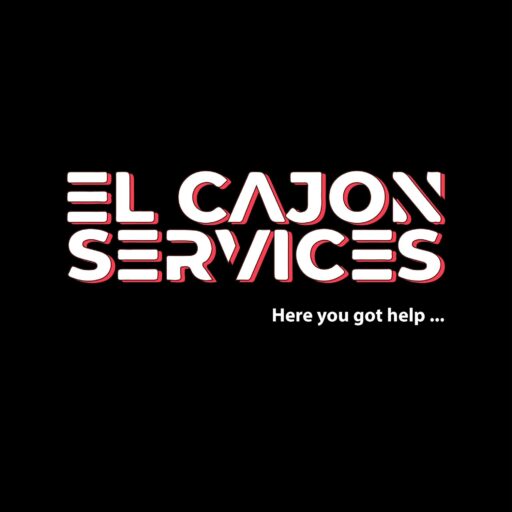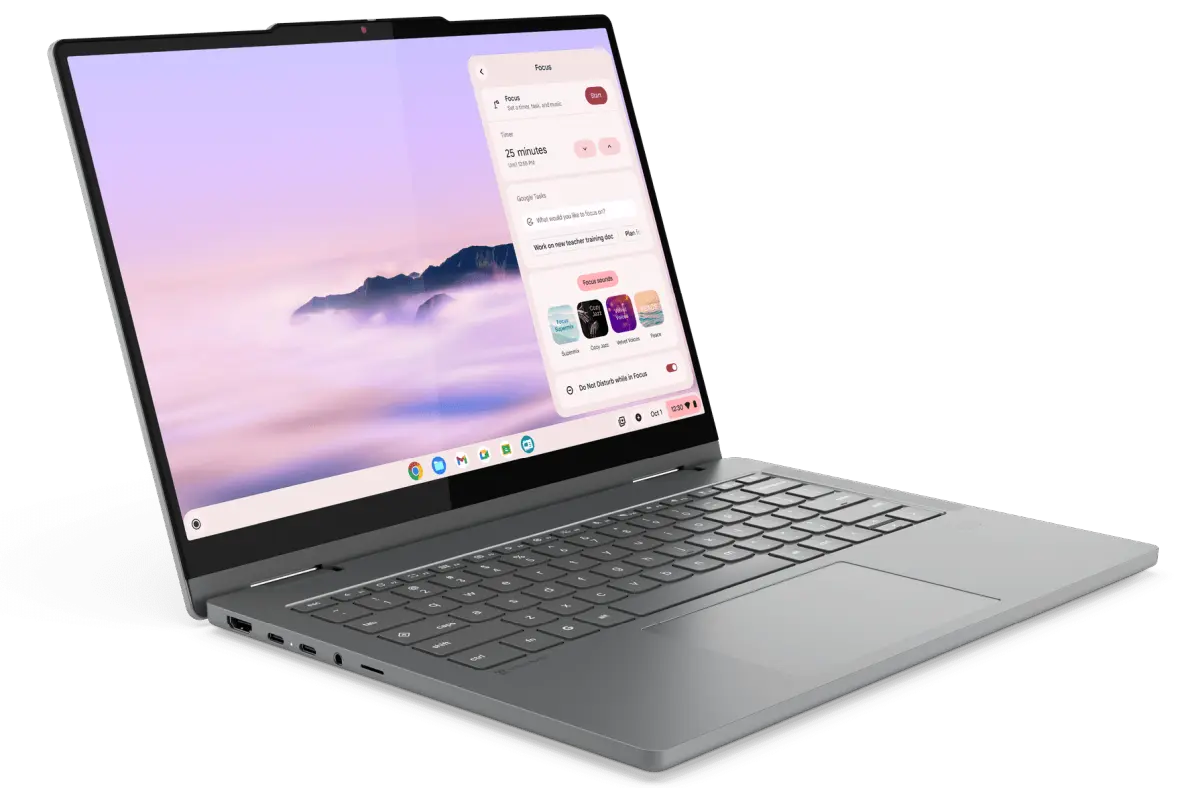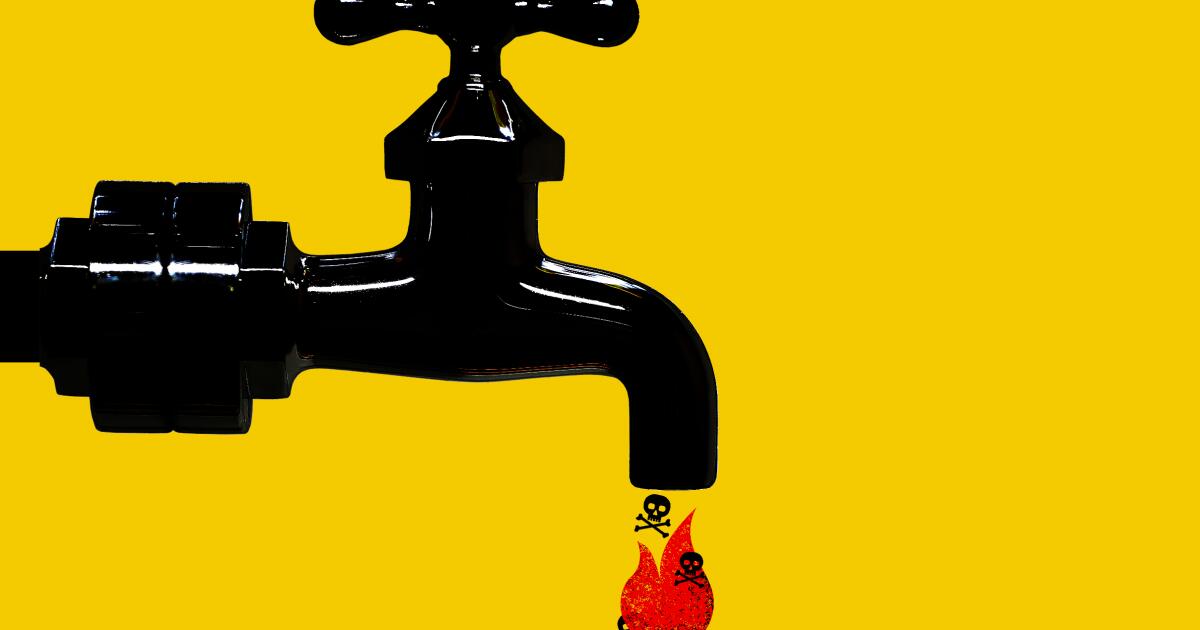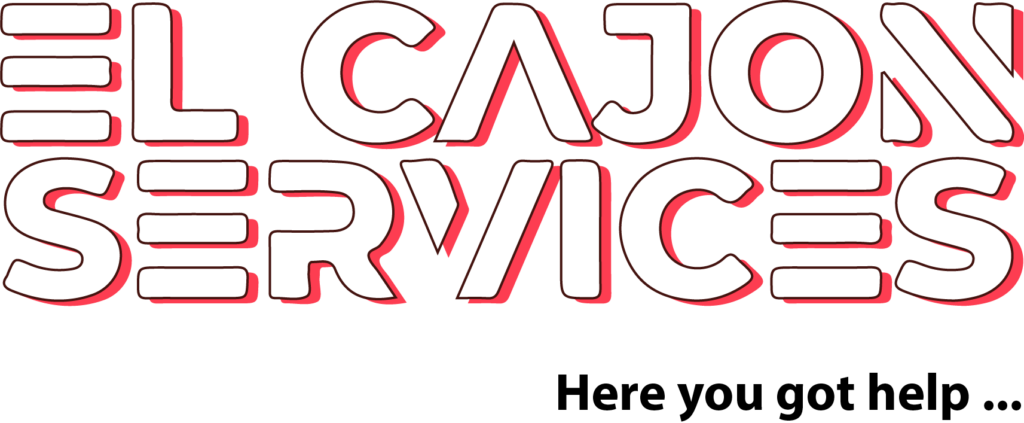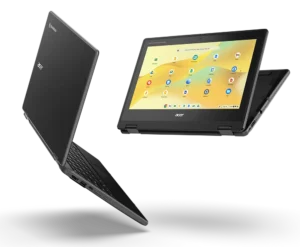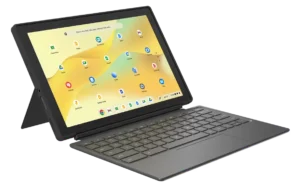Your Local SEO and Digital Marketing Experts in San Diego County
The sun has just set over the Palos Verdes hills, and the tennis court lights are buzzing to life. I’m enjoying time with my husband, Steve, standing between clean lines on the deep blue courts made bluer by the artificial glow. It feels familiar and self-contained, the two of us alone in our little rectangle-shaped world. I almost believe that everything’s going to be OK, despite the phone call we just had.
I watch Steve toss the ball high over his head in a straight line, striking “the trophy pose” — the one you see on all the trophies, with one arm reaching for the sky and the other holding the racket cocked back. And with the grace of a dancer and the force of a quarterback, he whips his racket over his head to connect with the ball in a perfect serve.
“Just like that,” he says, smiling. “Did you see how my racket scratched my back?”
I’m a little breathless watching — and not just because the temperature has dropped. I wish I could serve “just like that.” But mostly, I’m admiring my amazing husband.
“Yeah, just like that. You make it sound so easy,” I tease.
The serve, I’ve learned, is the most important shot in tennis because it’s the only one you control. Everything else is just a reaction. It’s hard to perfect, and still new to tennis myself, I’m afraid I’ll never get it.
“Remember, if the toss isn’t good, don’t even try to hit it,” he says. Which is solid advice for dating too, now that I think about it. Steve’s and my online profiles could not have been more dissimilar. I was recovering from an excruciating divorce, but I signed up on the advice of my writer friends (“It’s great character material!”). My profile was just a photo of my eye and a passage from a novel — something about how a couple reads their books: One dog-ears and underlines; the other keeps their reading material pristine. Steve posted a straightforward photo with a complete description of who he was and who he wanted to meet. Lucky for me, he’s into literature.
We married 10 years later during the COVID pandemic on Catalina Island. We kayaked to our beach “venue” with our laptop, rings and champagne rolled up in waterproof bags. We traded life vests and bathing suits for wedding attire behind a rock and connected to shaky cell service so family and friends could participate. Then we paddled back, racing to return the kayaks before sundown. That’s what life with Steve is like. There’s no such thing as “can’t.” If I dream it, he gets it done down to the last detail.
From tennis to home repairs, I’m tempted to call in an expert, but Steve’s credo is: If another human can do it, I can too. From the phone call we’d just had, I was becoming aware that this difference between us was about to be tested. Having opposite dating profiles or reading styles is very different from conflicting stances on lifesaving medical treatment. Steve’s PSA popped outside the normal range during a routine lab test and his urologist recommended an MRI. Steve didn’t wait for the follow-up to learn his fate. He disappeared into his office, searching Google and picking through the latest medical journals.
He even spent time learning to read his own MRI the same way he learned to play tennis: YouTube.
“Let’s see your toss,” Steve says, as yet another of my serves crashes into the net. It’s getting colder and darker. “Try starting with both your arms straight,” he says. “Ajla Tomljanović does that.”
I doubt I can do anything like the “Break Point” star, but I try. I want to get this serve fast. Patience is not one of my virtues. Also, we need to get home, and, according to the urologist, we need to get started on treatment.
My instinct is to trust doctors to know more than I do. If they say biopsy, I ask when. Steve rejected the standard biopsy in favor of his own plan, so he’ll need a referral, which will take time. Maybe too much time. The MRI indicated a large tumor that has spread outside of his prostate. Yet here we are out on a tennis court, worrying about whether a small fuzzy ball is landing in a painted box.
I watch Steve fish around in the basket of balls. “Look at my arm as I toss,” he says. I can’t, because my eyes are swimming. The thought of life without this man is unimaginable. Prostate cancer is not a death sentence these days, but it’s also not something you put off. As I watch him strike the trophy pose again, I shake my head to drive away thoughts of his athletic body deteriorating before my eyes. I know that the side effects of hormone treatment, horrifyingly referred to as “chemical castration,” can be permanent.
It makes me want to freeze this moment. During the call with the doctor, Steve used the pronoun “we” a lot — as in “We have prostate cancer” and “We want an MRI-guided biopsy.” His eyes met mine more than once, reassuring me that we’re still a team — just like we are on complex video shoots for our business, parenting a blended family and wrangling our 120-pound dog for a bath.
All these years later, the books on my nightstand are highlighted, annotated and dog-eared. Steve’s bookmarks mostly point to YouTube channels. But we’re both consulting experts in our own ways.
He misreads my face and says, “Try to remember that tennis is play! Just relax and don’t think.”
How can I explain to this star athlete that for me, play was never about competition or skill? It was always about imagination. That’s my superpower. I realize that if I keep using it to imagine the worst, it will make the difficult time ahead much harder. Instead, as the courts around us go dark one by one, I take his hand and conjure up an image of the two of us, decades from now, standing on another blue tennis court in some exotic locale, lifting a giant United States Tennis Assn. seniors mixed doubles trophy — together.
The author earned an MFA from Antioch University Los Angeles, and her work has been published in Kelp Journal, Proud to Be, Inman News and others. She’s writing a hybrid memoir with her husband about their cancer journey. Find her at brennahumphreys.com and on Instagram: @brennahums.
L.A. Affairs chronicles the search for romantic love in all its glorious expressions in the L.A. area, and we want to hear your true story. We pay $400 for a published essay. Email LAAffairs@latimes.com. You can find submission guidelines here. You can find past columns here.
